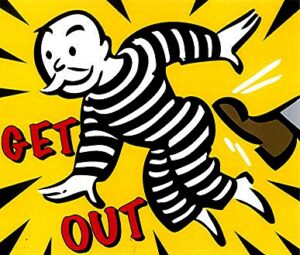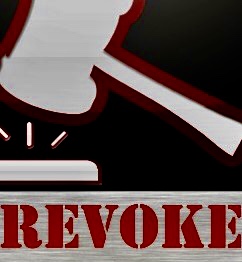Trevor Todd and Jackson Todd have over sixty years experience in handling contested estate disputes including removing an executor or trustee
An executor may be removed and replaced under ss. 158–159 of the WESA, and a trustee may be removed and replaced under ss. 30–31 of the Trustee Act. The tests for removal of an executor and of a trustee are substantially the same. The WESA and the Trustee Act do not vary the bases on which the Court has inherent jurisdiction to remove or replace an executor or trustee.
The basis on which the judicial discretion to remove is to be exercised is well-established and has been cited in many cases.
The leading authority continues to be Conroy v. Stokes, 4 D.L.R. 124, 1952 CanLII 227 (B.C.C.A.). In Conroy, the Court considered removal and replacement of a trustee because some of the beneficiaries were dissatisfied with the trustee’s handling of the estate. Citing Letterstedt v. Broers, 9 App. Cas. 371, [1884] UKPC 1, the Court confirmed that the main consideration is the collective welfare of the beneficiaries: Conroy at 126.
A court will not lightly interfere with a testator’s choice of trustee: Nieweler Estate (Re), 2019 BCSC 401 at para. 27 [Nieweler Estate], and not every actual or perceived conflict should lead to disqualification of a trustee or an executor: Conroy at 126–127; Burke v. Burke, 2019 BCSC 383 at para. 43. Mere friction between the trustee and one or more of the beneficiaries is usually insufficient to justify removal of the trustee: Miles v. Vince, 2014 BCCA 289 at para. 84.
Perfection is not expected of an executor or trustee: Dahle Estate (Re), 2021 BCSC 719 at para. 22. The question is whether the trustee’s acts or omissions endangered the administration of the trust: Carpino v. Carpino, 2022 BCSC 2237 at para. 51, citing Parker v. Thompson (Trustee), 2014 BCSC 1916 at para. 37; see also Burke at para. 29.
To remove an executor or trustee for misconduct, the evidence must show they endangered estate property, acted dishonestly and without proper care, lacked capacity to execute their duties, or acted without reasonable fidelity: Conroy at 127; see also Nieweler Estate at para. 33.
Deciding whether to remove an executor or trustee involves considering all the facts, and the context, out of respect for a will-maker’s choice of executor, the court should not interfere except for good reason or, as some cases have said, where doing so is “clearly necessary”: Mardesic v. Vukovich Estate, 30 B.C.L.R. (2d) 170, 1988 CanLII 3125 (S.C.) at paras. 18–19; Burke at paras. 29, 31.
The development of the principles for removal was summarized by the Court of Appeal in Miles at paras. 84–86:
[84] What circumstances justify the removal of a trustee? In Letterstedt …, the court established guidelines justifying the removal of a trustee (at 385-389):
1. If the Court is satisfied that the continuance of the trustee would prevent the trusts being properly executed, the trustee might be removed. It must always be borne in mind that trustees exist for the benefit of those to whom the creator of the trust has given the trust estate.
2. The acts or omissions must be such as to endanger the trust property or to show a want of honesty, or a want of proper capacity to execute the duties, or a want of reasonable fidelity.
3. In exercising the delicate jurisdiction of removing trustees, the Court’s main guide must be the welfare of the beneficiaries. It is not possible to lay down any more definite rule in a matter that is so “essentially dependent on details often of great nicety.” The Court must proceed to look carefully into the circumstances of the case.
4. Where a trustee is asked to resign, and if it appears clear that the continuance of the trustee would be detrimental to the execution of the trusts, even if for no other reason than that human infirmity would prevent those beneficially interested, or those who act for them, from working in harmony with the trustee, and if there is no reason to the contrary from the intentions of the framer of the trust to give this trustee a benefit or otherwise, the trustee is always advised by his own counsel to resign.
5. The lack of jurisprudence in respect of the removal of a trustee reflects that a trustee when asked to do so, will resign.
6. If, without any reasonable ground, the trustee refuses to do so the court might think it proper to remove him.
7. Friction or hostility between trustees and the beneficiary is not of itself a reason for the removal of the trustees. But where the hostility is grounded on the mode in which the trust has been administered, where it has been caused wholly or partially by substantial overcharges against the trust estate, it is not to be disregarded
In Fitzgerald v. Hill, 2022 BCSC 968, despite almost all the beneficiaries seeking to have the executor and trustee removed and a finding that the executor and trustee should have performed his duties in a more cooperative and open manner, Justice Coval did not order removal. He found no endangerment to the estate assets and that no preferential treatment or hostility interfered with the proper administration of the estate.
There is a high threshold that must be met for a removal order and each case turns on its own particular facts and the context of the estate in issue.




